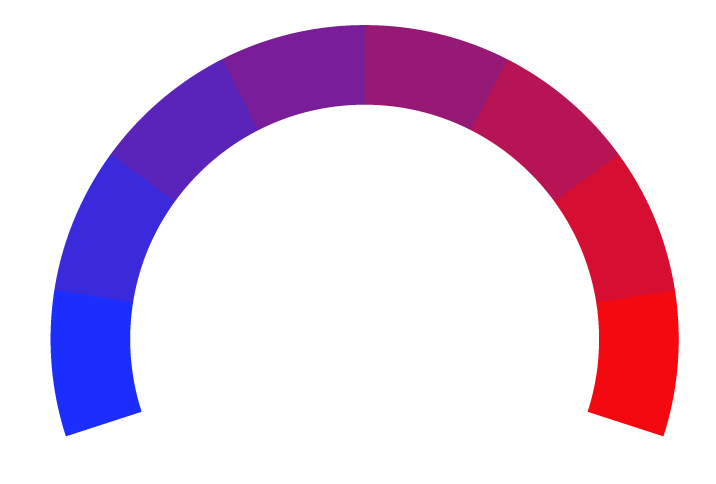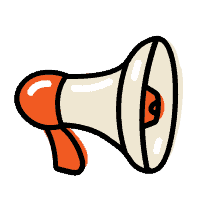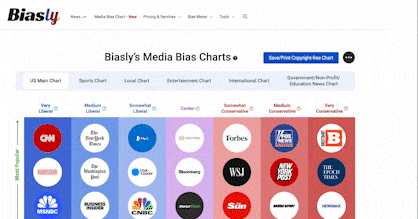Amid Trump's muddled trade agenda, one thing is clear: tariffs will be higher
- Bias Rating
- Reliability
60% ReliableAverage
- Policy Leaning
50% Medium Right
- Politician Portrayal
-38% Negative
Continue For Free
Create your free account to see the in-depth bias analytics and more.
By creating an account, you agree to our Terms and Privacy Policy, and subscribe to email updates.
Bias Score Analysis
The A.I. bias rating includes policy and politician portrayal leanings based on the author’s tone found in the article using machine learning. Bias scores are on a scale of -100% to 100% with higher negative scores being more liberal and higher positive scores being more conservative, and 0% being neutral.
Sentiments
7% Positive
- Liberal
- Conservative
| Sentence | Sentiment | Bias |
|---|---|---|
Unlock this feature by upgrading to the Pro plan. | ||
Reliability Score Analysis
Policy Leaning Analysis
Politician Portrayal Analysis
Bias Meter
Extremely
Liberal
Very
Liberal
Moderately
Liberal
Somewhat Liberal
Center
Somewhat Conservative
Moderately
Conservative
Very
Conservative
Extremely
Conservative
-100%
Liberal
100%
Conservative

Contributing sentiments towards policy:
58% : "Let's just say this is not conventional free trade economics," Moore said.56% : Asked about the paper, Miran said it predated his role in the White House and in no way "reflects administration policy.
55% : May 9 (Reuters) - To hear Donald Trump and some of his advisers tell it, trade tariffs will accomplish many things: stimulate the U.S. economy, bring home manufacturing jobs, raise tax revenues and provide America leverage to renegotiate security deals with its allies.
49% : It defied the consensus underlying the post-World War II global order that free trade leads to peace and prosperity.
49% : Higher tariffs would raise hundreds of billions of dollars in tax revenue a year, facilitating domestic tax cuts that he said would stimulate growth.
49% : Roubini said that - amid a wide spectrum of opinion within the administration on trade - Trump had shown his worldview to be more aligned with hawks like Navarro than with moderates like Treasury Secretary Scott Bessent.
47% : "It's ironic that the man famous for drawing the optimal tax curve on a napkin" doesn't understand optimal tariff theory, Navarro said, referring to the "Laffer curve," which posits that cutting tax rates can increase revenues by stimulating economic growth.
46% : Stephen Miran, chair of the Council of Economic Advisers, the White House's policy think tank, said Trump was crafting a new trade paradigm for the United States and played down the significance of swings in financial markets and economic data as a "short-term" impact.
45% : OLD GRIPE, NEW POWERS Arthur Laffer, a long-time economic adviser to Trump, believes the president actually favors free trade.
45% : In the second term, Trump has made wide use of executive orders, allowing him to impose or lift tariffs at will.
45% : " TIFFS OVER TARIFFS In an essay in Project 2025, a set of conservative policy proposals that were published before the 2024 election, Navarro dismissed the idea that everyone benefits from free trade as an "ivory tower academic conclusion" that did not mirror the real world.
44% : Trump relented, first suspending tariffs for 90 days to allow time for negotiations, and then making additional concessions.
42% : " Trump announced a limited bilateral trade deal with the UK on Thursday that leaves in place 10% tariffs on British exports, modestly expands agricultural access for both countries and lowers prohibitive U.S. duties on British car exports.
37% : Stephen Moore, who served as a campaign adviser on the economy for Trump but is not in the administration, rejected the argument that global trade was primarily responsible for reducing manufacturing jobs in the United States.
36% : Trump has been railing against what he saw as America's bad standing in global trade since long before he entered politics.
22% : Three decades later when he first came to power, Trump did not act immediately.
*Our bias meter rating uses data science including sentiment analysis, machine learning and our proprietary algorithm for determining biases in news articles. Bias scores are on a scale of -100% to 100% with higher negative scores being more liberal and higher positive scores being more conservative, and 0% being neutral. The rating is an independent analysis and is not affiliated nor sponsored by the news source or any other organization.






















 Reuters
Reuters